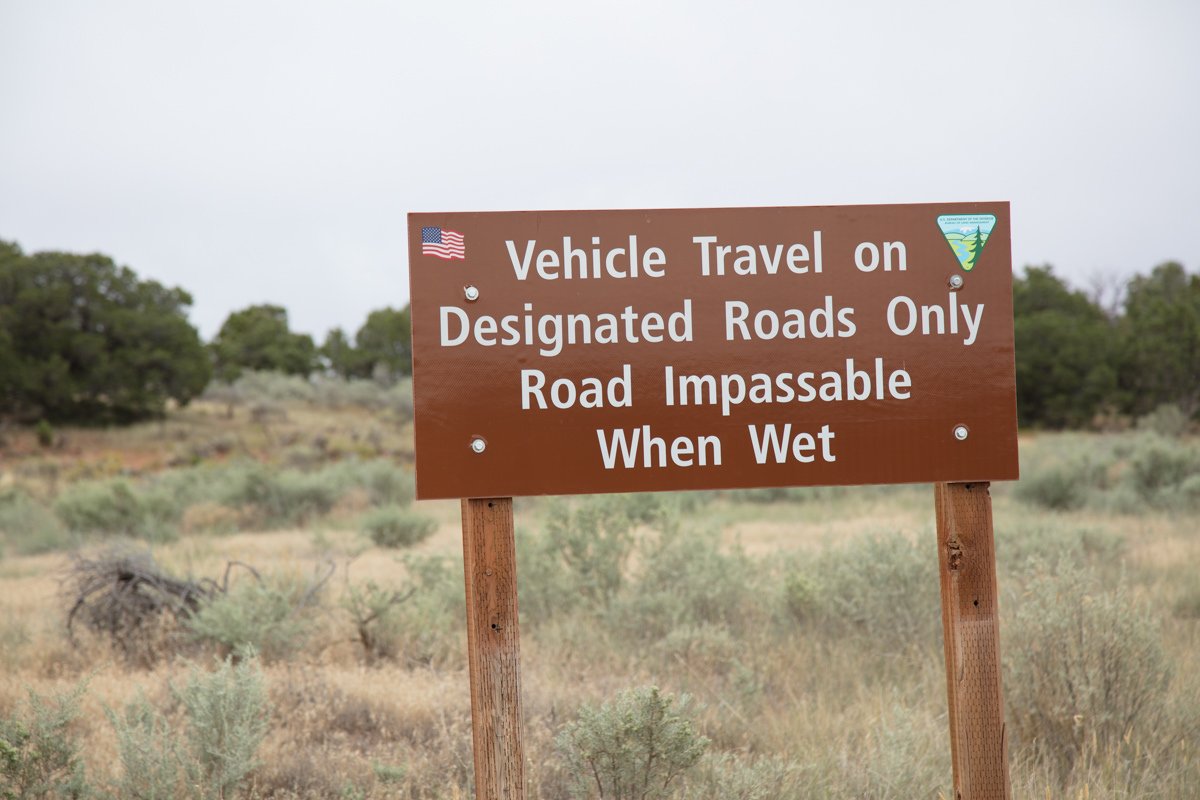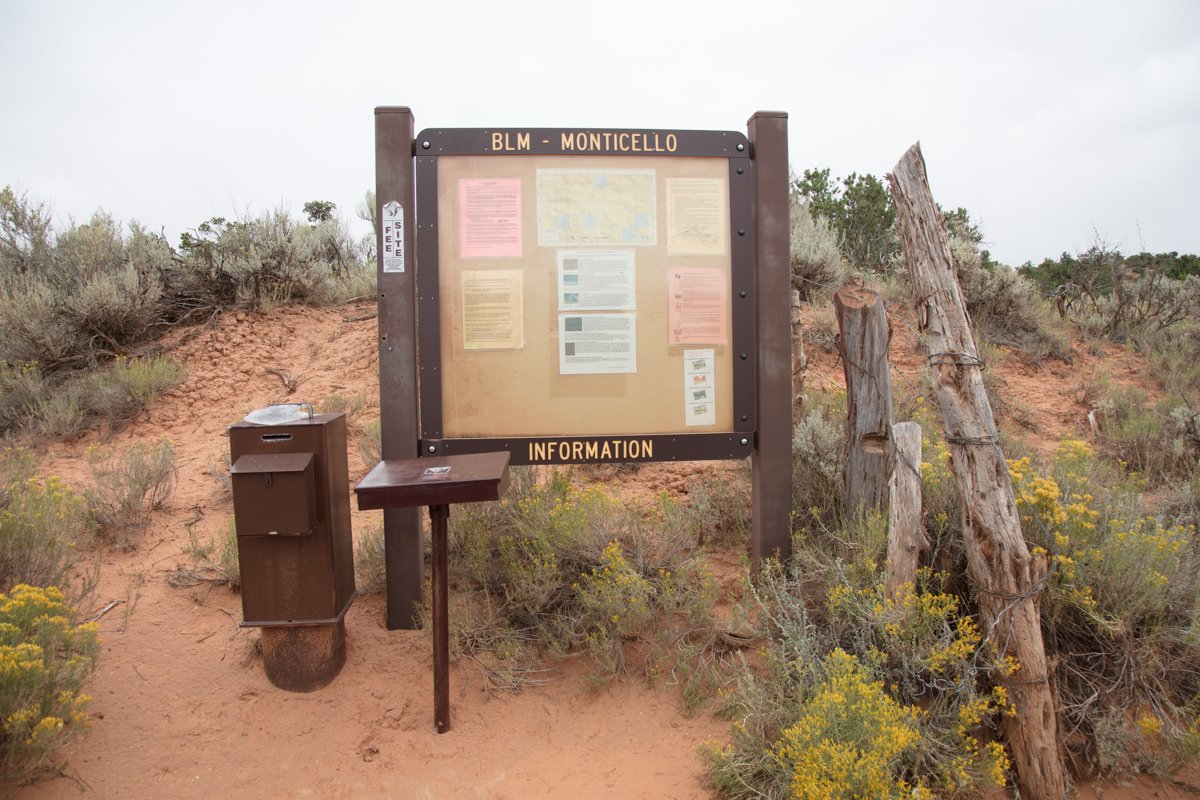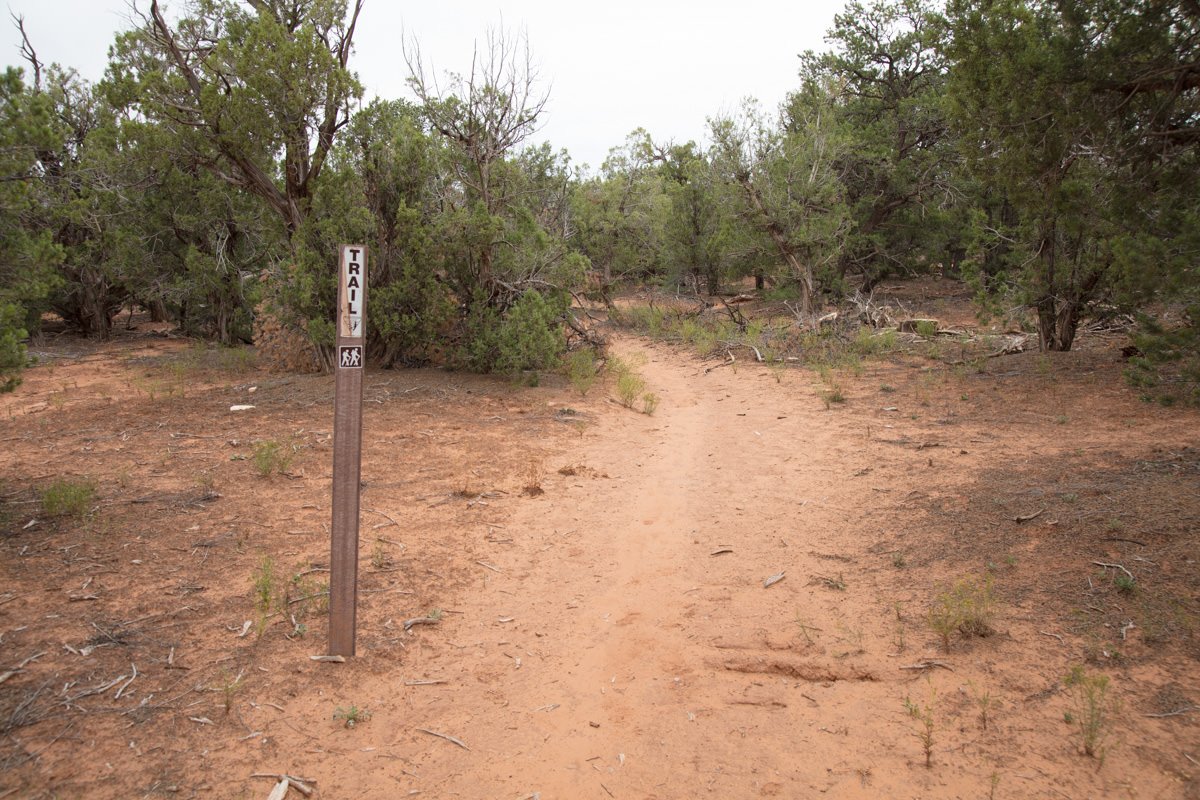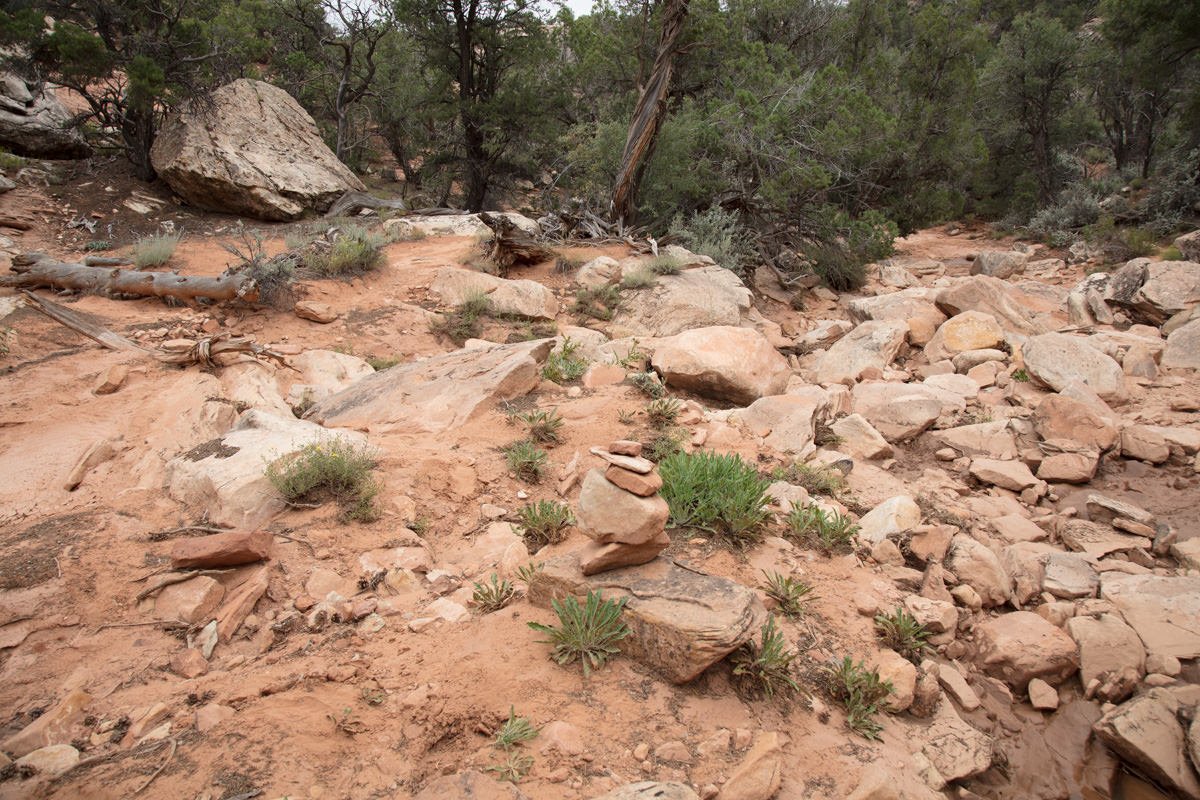Fallen Roof Ruin
Bears Ears National Monument, UT
FALLEN ROOF RUIN
A BRIEF SUMMARY OF FALLEN ROOF RUIN
The Fallen Roof Ruins is an excellent example of ancient Puebloan, or Anasazi, dwellings and granaries that date back to the period between 1060-1270 CE when they inhabited this area. The ruins are probably the most accessible of several excellent archaeological sites located within Road Canyon that are worth exploring if you have the time.
The site consists of four small well - preserved rooms with numerous small maize husks littering the floor of the rightmost room and painted handprints on the ceilings. Soot marks on the ceiling would indicate these rooms were used as both a living space and granary for storing food.
These are protected sites, so please do not enter any of the rooms, only look through the windows; and do not touch or move any artifacts. Also, be cognizant of the roof slabs that are peeling away, which give the ruin its name. These heavy rock slabs can fall away at anytime, so do not touch the slabs and avoid walking directly underneath them.
Location summary written with the assistance of Don Metz.
Annual Subscription
Lifetime Membership
DATA POINTS INCLUDED WITH FALLEN ROOF RUIN SUMMARY
I would rate the difficulty of this hike as a 3 on a scale of 1-5 (with 5 being most difficult). The hike from the parking area to the ruins is approx. 1.2 miles each way. The hike down into the wash and the ascend to the ruins require caution and dexterity. For part of the trail you will be hiking through a wash and scrambling over boulders and around fallen trees and bushes. This location is very remote with little discernible trail markers and it is easy to get lost or disoriented. I would strongly suggest hiking with others or at least downloading a GPS / hiking app to your smart phone and plot the GPS coordinates.
The Fallen Roof Ruin is one of the more photogenic ancient Puebloan archeological sites due to the way reflected light off the surrounding canyon walls illuminates the rock ceiling above the ruins.
The configuration of the rooms in a shallow crescent shape also lends them to both landscape and portrait orientation compositions with opportunities to include more of the surrounding rock wall and ceiling within the overhang. This provides some interesting patterns and designs in the rock that are highlighted by the reflected light.
The alcove is rather small however and you will find yourself near the edge of the cliff, so be mindful of this as you compose your photograph; it would be all too easy to back up a little too far and step off the edge.
Bonus Location: There is another small granary about 0.2 mi further east in Road Canyon. It’s not as photogenic, but is another nice example of Puebloan architecture. It is on the north side of the canyon tucked under an overhang that’s easier to reach.
This shot is all about the ceiling and the reflective light. Based on the direction of the alcove, this shot is best in late spring, summer and early fall. During the winter months, the sun rises further southwest which shines into the alcove.
6,400 Ft. Elevation
Other Resources Available with Membership
KMZ Trail File
Directions
Best Time of Day to Shoot
Best Time of Year to Shoot
Equipment Needed
Permits Required
Direction of Shot
Google Maps Birds-Eye-View
Number of Photographers to Expect
Cell Service
Overnight Lodging/Camping
Nearby Restaurants
Area Guides and Workshops
Other Resources














